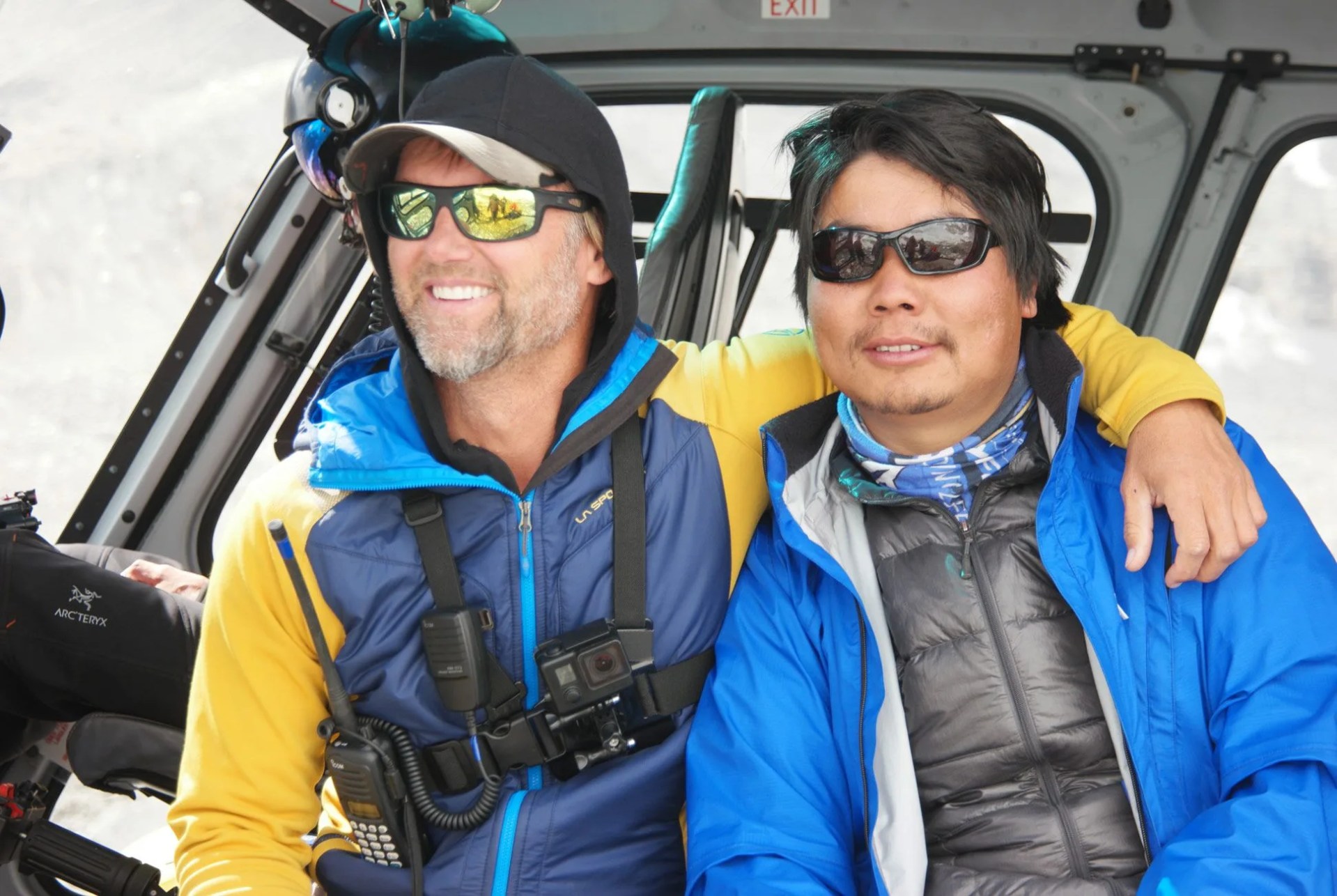On April 18, 2014, ice shelves on the western spur of Mount Everest collapsed, creating an avalanche of ice, snow and debris that killed 16 people, all of them local Sherpa guides. It would be the deadliest disaster to strike the mountain until just over a year later when, on April 25, 2015, a magnitude 7.8 earthquake struck Nepal, wreaking havoc in Kathmandu and releasing a barrage of snow that tore through Base Camp and stranded climbers in precarious environments all over the mountain. The eventual death toll rose to 22.
Despite these historic back-to-back disasters, the 2016 climbing season opened like many others before it. Hundreds of foreigners flocked to Nepal, like usual, for a chance at summiting the tallest mountain in the world. But there was also a notable new presence in the seasonal climbing community: a five-man team of Sherpas equipped with helmet and body cameras, working as the first-ever dedicated search-and-rescue team on Mount Everest.
Those five men, along with skilled helicopter pilots and lead medic Jeff Evans, make up Alpine Rescue Service, and their daring rescue experiment is the focus of a new Travel Channel show: Everest Air. Evans, the face and voice of the show, grew up in the Blue Ridge Mountains, graduated from the so-called “Colorado School of Climbing” and subsequently honed his abilities to a fine point whilst guiding a blind man named Erik Weihenmayer up Yosemite’s El Capitan and on to the tallest peaks of each continent, Everest included. Somewhere along the way Evans trained as a physician’s assistant training at the Medical College of Pennsylvania, worked in emergency settings as a PA for 17 years and was appointed as medical officer on dozens of expeditions.
As a show, Everest Air comes with all the hallmarks of reality TV: intense, pressure-building music; a deep-voiced narrator; talking-head segments; and commercial cutaways at vitally important moments. Danger and drama are so heavily underlined that the question immediately presents itself: is the motive here genuine, or has reality TV stepped into a realm where it doesn’t belong?
But take away the music and the exaggerated production elements and it becomes clear that peril exists despite the rolling cameras, and that Evans and his team are genuinely concerned with the prevention of further loss of life on a mountain that has already taken so many. On a recent phone call, he discussed how the team and the show came to be, how the mountain is changing, and what it takes to run rescue operations on Everest.

Evans catches a rare break in a B3 helicopter with Bhaila Sherpa, one of the five man rescue team.
